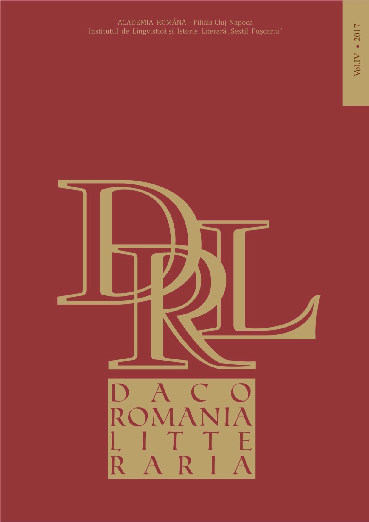MONTRER LA VIE, MONTER DES IMAGES
RECORDED LIVES, MOUNTED IMAGES
Author(s): Laura MarinSubject(s): Language and Literature Studies, Studies of Literature, Theory of Literature
Published by: Academia Română, Filiala Cluj-Napoca
Keywords: Precarious Life; Vita Nova; Performativity; Image; Videograms of a Revolution;
Summary/Abstract: In 1992, film directors Harun Farocki and Andrei Ujică make exclusive use of found footage for their production Videograms of a Revolution, a documentary film about the 1989 Romanian Revolution. For the opening and closing sequences, respectively, they have chosen two amateur video recordings of a woman and a man weeping before the cameras and claiming the right to a better future. Apart from their authenticity, pertinence, and testimonial value, those images are also recordings of a certain mode of existence in a society where life was regulated and controlled by a state apparatus whose actions and abuses were justified in light of a revolutionary program designed to result in a new way of life. Building upon Giorgio Agamben’s definition of life by means of its qualities and forms, the present essay argues for a revaluation of Guillaume le Blanc’s notion of “precarious life”. What are those two images saying about the precariousness of life under Communism? How does this relate to the characters’ agency (with reference to Judith Butler’s political performativity), to the transformation of the tears and fury of an entire community into the impetus of revolution? What are those sequences saying about the performativity of images as such, given that the Videograms, by displacing the amateur footage from the context of the personal or institutional archive to the field of artistic creation, can be viewed not only as a film about the visuality of history, but also as a film about the conflicting ways of qualifying life (Marielle Macé)?
Journal: Dacoromania litteraria
- Issue Year: 4/2017
- Issue No: 1
- Page Range: 34-44
- Page Count: 11
- Language: French

